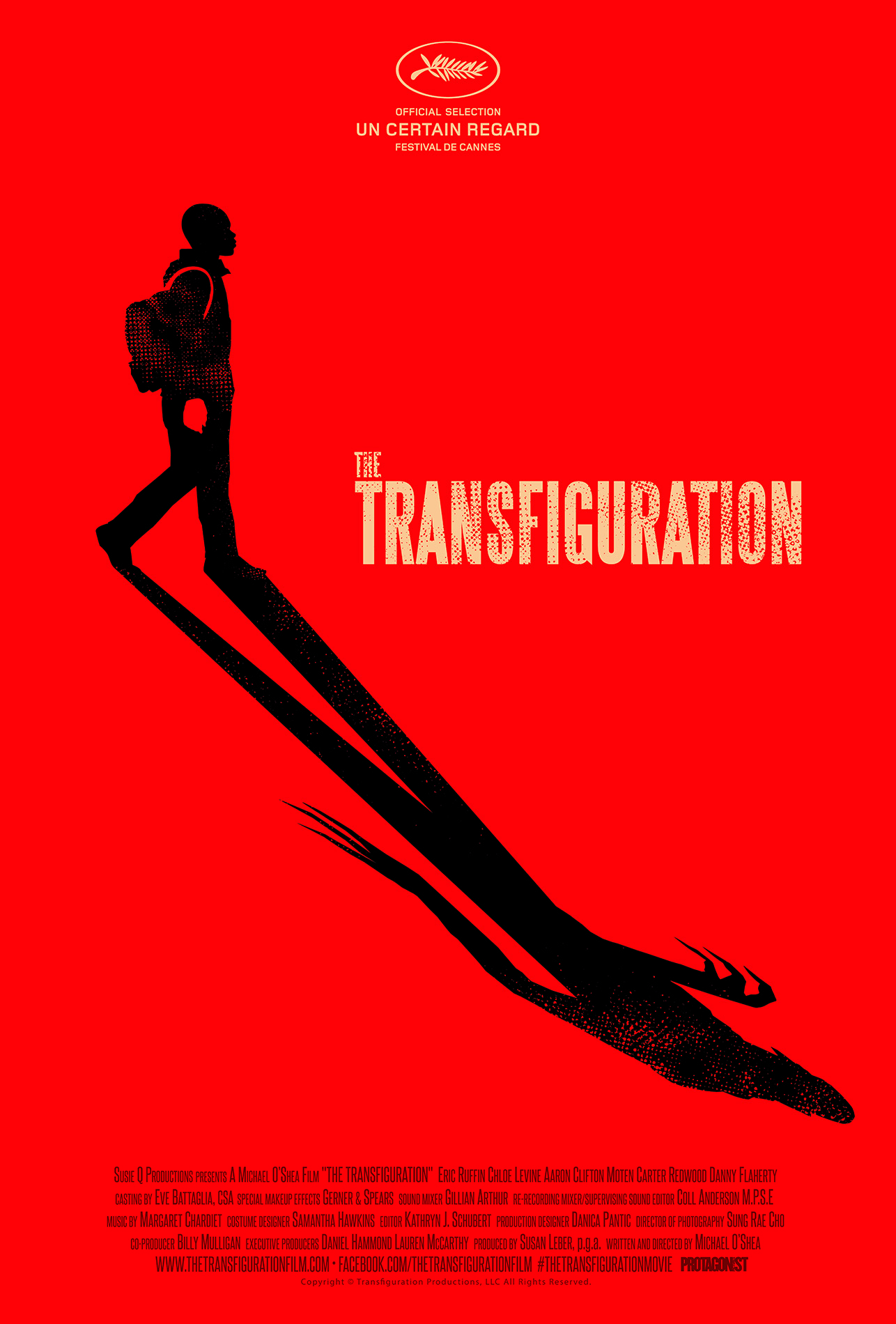From the point when the Zodiac gets into the taxi until he kills the driver at the corner of Washington and Cherry in Presidio Heights, the sequence is entirely CG. Digital Domain modeled the cab and loaned it to Matte World. Matte World created the CG environments.
"David [Fincher] wanted it to look like it had been photographed from a helicopter," Barron says. "But, as the taxi goes around the corner, the framing keeps the taxi perfectly in the center. That couldn't have been done as precisely from a helicopter. Creating the shot in CG was a way to make the framing precise and because the camera move was a little unrealistic, it added tension. The important thing was that the environment look absolutely real, that it didn't telegraph the effect. The shot communicated subconsciously that something was wrong because the movement was somewhat unreal but the environment was real."
Evans used Google Earth to plot the taxi driver's route and decide where to place the cameras. "I could figure out, given the elevation of the camera, how many blocks we could see," he says. "If we were at 150 feet, I could tell how much of a rooftop we would see; I knew how many car lengths would we see from top to bottom. So, we could construct the shot very accurately." The result is a camera position that would have been too low for a helicopter and too high for a crane.
Hernandez used a combination of AutoCAD, 3ds Max, and ImageModeler to plot the CG environment, model the buildings, and texture them. "It was a photogrammetry exercise," he says. "I went from building to building, rooftop to rooftop, taking photographs of Geary Street and Van Ness Avenue from street level and from rooftops."
To capture the intersection of Geary and Van Ness, Hernandez rented the top floor suite of the Cathedral Hill Hotel, waited until traffic died down at 4:30 in the morning, and then shot bracketed stills with a Nikon D2X using 15, 20, and 30-second exposures. Once Hernandez had collected the photos, he laid them on an accurate street grid that he had drawn in AutoCAD.
"I found out as I started laying out this CAD plan, that it was all about resolving the basic scale," he says. He added the photographs to create a ground plane, and then created the buildings in photogrammetry. "The buildings created in photogrammetry gave us the basic framework," he says. "Even if the building was slightly off-scale, we could position it on the CAD drawing as a template." Photographs projected onto the geometry provided detailed textures.
Once Hernandez finished building the digital set, the animation team added the yellow cab and other cars. To accent the turn at the intersection and give the street dimension, Barron had the matte artists add a grid of trolley bus cables. In addition, he shot Matte World employees looking at the taxi, crossing the streets, walking their dogs, and so forth, with Fincher's Viper camera, and composited those elements into the shot.
"I think that working natively in a digital format makes it much easier for us," Barron says. "Because the whole film was shot in a digital format, we could take shots, manipulate them, add elements, and composite then without having to worry about scanning. In fact, we did plate shoots with the Viper camera for some shots during the day and worked on them that evening. It was almost as easy to bring in live digital movies and manipulate them as it is bringing digital stills into Photoshop."
Once the cab reached the killer's destination, Digital Domain took over. For the rest of the shot, the cab is real, but the neighborhood, for the most part, is not.


